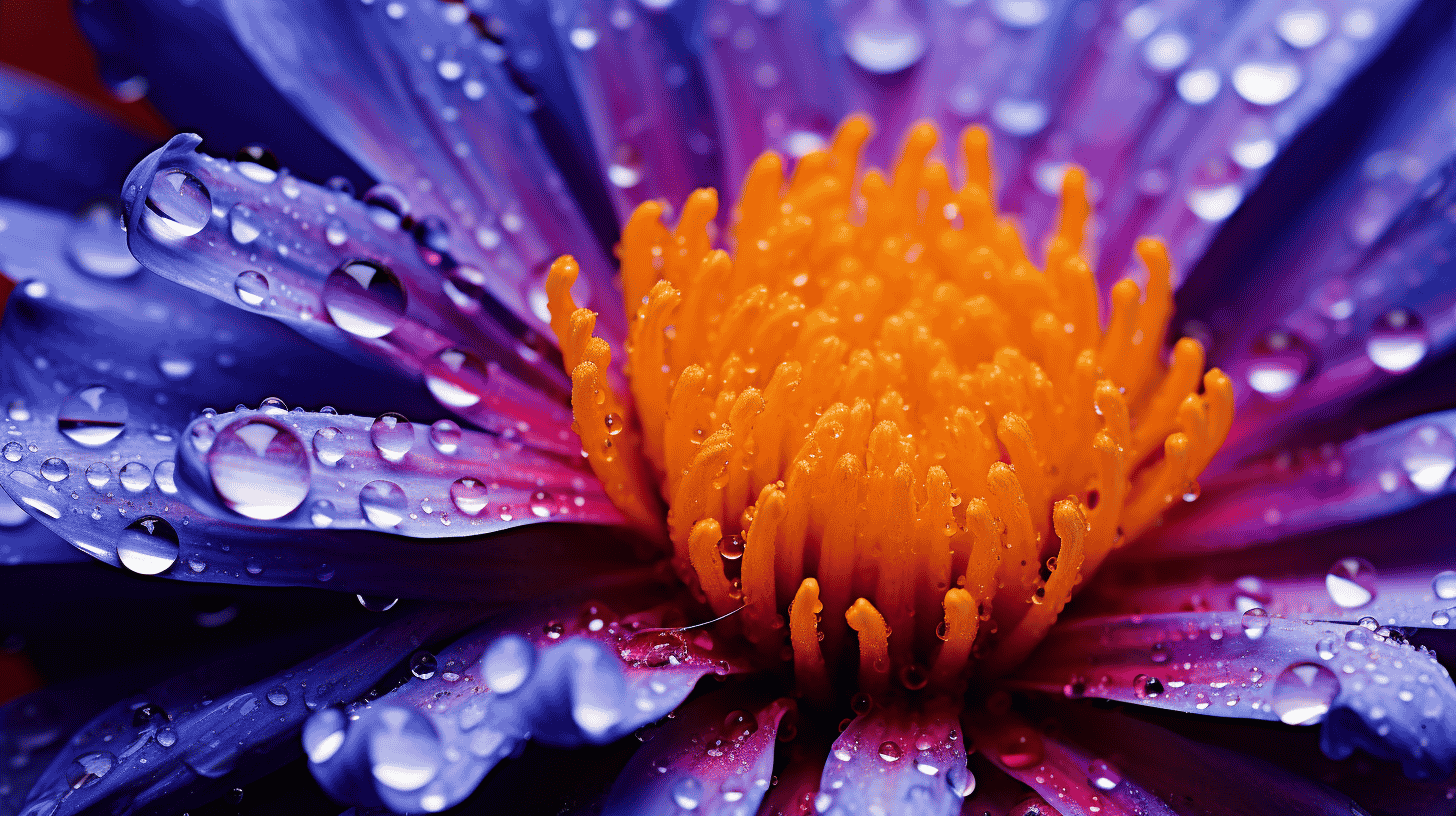In this article, we will delve into the world of both mirrorless and DSLR cameras, comparing their advantages and disadvantages from the perspective of a budding photographer. Whether you’re a beginner or an aspiring professional, your decision to invest in a camera highly depends on the purpose and style of photography you intend to pursue. Let’s examine the key differences between mirrorless and DSLR cameras to help you make an informed choice.
Table of Contents
- History and Evolution
- Design and Build
- Performance Factors
- Lenses and Accessories
- Price Comparison
- FAQs
History and Evolution
Before diving into the technical aspects of each camera type, it’s important to understand their history and evolution as it sheds light on their respective strengths and weaknesses, helping you make an informed decision.
Mirrorless Cameras
Mirrorless cameras, also known as compact system cameras (CSC) or electronic viewfinder interchangeable-lens cameras (EVIL), entered the market in 2008 with the launch of the Micro Four Thirds system by Olympus and Panasonic. They removed the need for the traditional reflex mirror and optical viewfinder, instead utilizing an electronic viewfinder and live view system.
DSLR Cameras
DSLR cameras have been the industry’s backbone for decades. The term DSLR stands for digital single-lens reflex, referring to a digital camera that features a reflex mirror mechanism. Canon released the first digital EOS camera (EOS DCS 3) in collaboration with Kodak in 1995. Since then, DSLR cameras have become the mainstay of professional photographers, offering exceptional image quality, speed, and compatibility.
Design and Build
The design and build of a camera can significantly impact your photography experience as well as its portability. Let’s compare the two camera types based on these factors.
Mirrorless Camera Design
- Size & Weight: Due to the absence of mirrors and optical viewfinders, mirrorless cameras are notably smaller and lighter than their DSLR counterparts, making them popular amongst travel and street photographers.
- Electronic Viewfinder: Mirrorless cameras use an electronic viewfinder (EVF), which provides a live view of the scene offering accurate exposure preview and real-time image adjustments.
- Flexibility: The compact design allows for easier operation, including the ability to shoot one-handed or with unconventional angles.
DSLR Camera Design
- Size & Weight: DSLR cameras are heavier and bulkier due to the reflex mirror, optical viewfinder, and more robust internal mechanisms.
- Optical Viewfinder: DSLRs use an optical viewfinder (OVF) that reflects light from the lens to the eye using a mirror and prism system, producing a clear, natural sight without delay.
Build Quality: DSLRs are generally built with more durability and weather-sealing, making them ideal for professional use in various environments.
Performance Factors
When it comes to camera performance, several factors determine the overall image and video quality as well as the shooting experience. Let’s examine the key performance aspects of mirrorless and DSLR cameras.
Image Quality
In terms of image quality, both mirrorless and DSLR cameras can produce outstanding results. The deciding factor generally rests on the camera’s sensor size and quality, rather than whether it’s a mirrorless or DSLR system. However, advancements in mirrorless technology have allowed for more rapid improvements, closing the gap between the two types of cameras.
Autofocus and Speed
DSLR cameras traditionally held the advantage when it came to autofocus (AF) performance and speed, but recent advancements in mirrorless systems have changed the game. Mirrorless cameras now boast faster shutter speeds, higher frame rates, and improved AF technologies that make them a compelling choice for action and sports photography.
Video Capabilities
Mirrorless cameras have gained the upper hand in video capabilities, offering higher resolutions, better image stabilization, and more advanced autofocus systems. DSLRs are still capable of delivering good-quality videos, but mirrorless systems offer more features and versatility for filmmakers and vloggers.
Battery Life
Due to their design and use of electronic viewfinders, mirrorless cameras generally consume more power than DSLR cameras. As a result, DSLRs typically have longer battery life, making them a better choice for extended shooting sessions or professional assignments.
Lenses and Accessories
Lens options and compatibility play an essential role in expanding a photographer’s creative possibilities. Both the mirrorless and DSLR systems have their own sets of lenses and accessories available.
Mirrorless Camera Lenses
Initially, mirrorless cameras were limited in lens options due to their relatively recent arrival on the market. However, this has changed significantly, and there are now plenty of lenses available for the various mirrorless systems. Additionally, adapters can be used to mount lenses from other systems onto mirrorless cameras, offering photographers even more flexibility.
DSLR Camera Lenses
DSLR cameras have a far more extensive range of lenses and accessories available, catering to professionals and enthusiasts alike. Canon and Nikon, the biggest players in the DSLR market, boast decades of lens development and compatibility. This makes it easier for photographers to find specific lenses and accessories for their DSLR systems.
Price Comparison
For both mirrorless and DSLR cameras, prices can vary greatly depending on the features, build quality, and brand reputation. However, the overall trend suggests that mirrorless cameras are slightly more expensive due to their advanced technology and compact design.
When comparing entry-level models, the price difference is less noticeable, and both systems can be found within similar price ranges. For mid-range and high-end models, though, mirrorless cameras tend to be more expensive than DSLRs with comparable features.
FAQs
- Which type of camera is better for beginners?
Both mirrorless and DSLR cameras can be suitable for beginners, depending on their personal preferences and intended use. Mirrorless cameras offer a more compact design and user-friendly features, whereas DSLRs provide greater battery life and a wider range of lenses. It’s advised to try both types of cameras before making a decision. - Do professional photographers use mirrorless cameras?
Yes, many professional photographers are now using mirrorless cameras, thanks to the continuous advancements in technology. Mirrorless cameras offer excellent image quality, high frame rates, and cutting-edge autofocus systems, making them suitable for various professional uses. - Are mirrorless cameras more expensive than DSLRs?
Generally speaking, mirrorless cameras tend to be more expensive than DSLRs. This is primarily due to their newer technology, compact design, and advanced features. However, the price difference is less noticeable in entry-level models, with both systems available at similar price points. - Can I use DSLR lenses on a mirrorless camera?
Yes, you can use DSLR lenses on a mirrorless camera with the help of adapters. There are various adapters available in the market that enable you to mount DSLR lenses on mirrorless cameras while maintaining autofocus and other essential functions. - Which is better for videography: mirrorless or DSLR cameras?
Mirrorless cameras have taken the lead when it comes to videography, offering higher resolution, better image stabilization, and more advanced autofocus systems. Although DSLRs can still produce good-quality videos, mirrorless systems typically provide more features and versatility for filmmakers and vloggers.
In conclusion, the choice between a mirrorless camera and a DSLR camera comes down to individual preferences, shooting styles, and intended applications. Both systems offer excellent image quality, with mirrorless cameras excelling in compact design, speed, and video capabilities, while DSLRs provide longer battery life, an extensive range of lenses, and a more robust build. By considering these factors, budding photographers can confidently choose the camera system that best meets their unique requirements and creative aspirations.




0 Comments